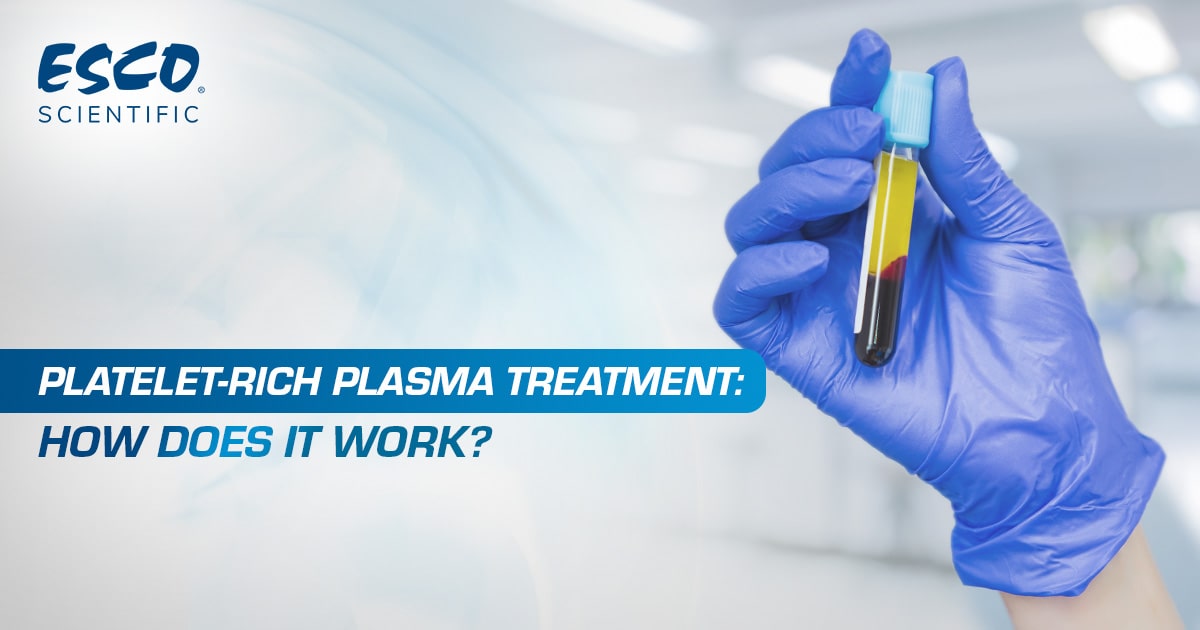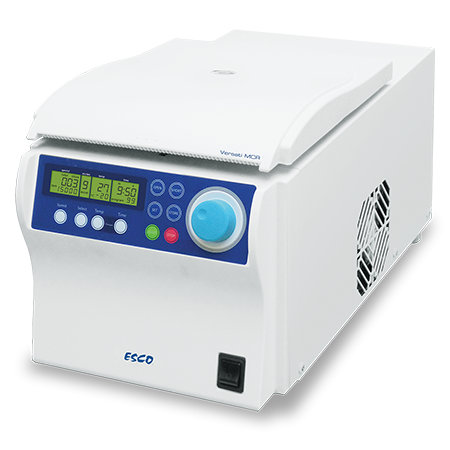Platelet-Rich Plasma Treatment: How Does it Work?

Platelet-rich plasma (PRP) treatment is a form of regenerative medicine. It involves injecting a portion of the blood that may influence soft tissue healing via growth factors released after platelet degranulation. Clinicians have begun to inject PRP for the treatment of tendon, ligament, muscle and cartilage injuries, and early osteoarthritis because of its potential benefit. Additionally, this treatment is used for cosmetic procedures. Dermatologists and hair replacement experts use PRP injections to treat androgenic alopecia, a type of hair loss also known as male or female pattern baldness.
WHAT IS PLATELET-RICH PLASMA (PRP)?
PRP is produced from the patient’s blood. It is a concentration of platelets that circulate through the blood and are critical for blood clotting. Platelets and the liquid plasma portion of the blood contain various factors vital for the cell multiplication, recruitment, and specialization required for healing.
After the collection of the patient’s blood sample, the blood is placed into a centrifuge. Platelet-rich plasma can then be collected and treated before being injected into areas of the scalp that need increased hair growth, or in the injured area of the bone or soft tissue, such as a tendon or ligament.
PRP is transmitted to patients via injection, and ultrasound guidance can aid in the precise placement of PRP. After the injection, the patient must avoid exercise for a short time before starting a rehabilitation exercise program.

Figure 1. Platelet-Rich Plasma Therapy (PRP) Procedure
The platelet-rich plasma is prepared through differential centrifugation wherein the acceleration force is adjusted to sediment certain cellular constituents based on different specific gravity. First, the red blood cells (RBC) are separated through initial centrifugation and followed by second centrifugation to concentrate platelets, which are suspended in the smallest final plasma volume.
KEY POINTS TO REMEMBER
- Platelet-rich plasma (PRP) comes from the patient’s blood.
- PRP is a concentrated source of cellular signaling factors and growth factors that plays an important role in the biology of healing.
- Studies show that PRP treatment may promote healing in many tissues and some clinical studies in humans show efficacy.
- Anti-inflammatory medicines should be taken before and after PRP treatment is given.
Many commercially available PRP systems expedite the preparation of ready-to-apply platelet-rich suspensions in a reproducible manner. But preparation-related costs are significantly cheaper when using a centrifuge than with commercial kits.
Rely on Esco Versati™ Centrifuges for cost-effective and high-yield results.

MCR-88
Read more here: Cosmetics/Cosmeceutical, Clinical Research, Diagnostic Testing, Esco Centrifuge Technical Resources
References:
[1] Cole, B., Seroyer, S., Filardo, G., Bajaj, S. and Fortier, L. (2010). Platelet-Rich Plasma: Where Are We Now and Where Are We Going?. Sports Health: A Multidisciplinary Approach, 2(3), pp. 203-210. https://www.ncbi.nlm.nih.gov/pmc/articles/PMC3445108/
[2] Dhurat, R. and Sukesh, M. (2014). Principles and Methods of Preparation of Platelet-rich Plasma: A Review and Author’s Perspective. Journal of Cutaneous and Aesthetic Surgery, 7(4), p.189. https://www.ncbi.nlm.nih.gov/pmc/articles/PMC4338460/
[3] Kohen, R., Warren, R. and Rodeo, S. (2021). What Is PRP (Platelet-Rich Plasma) Injection Treatment? Hospital for Special Surgery. https://www.hss.edu/conditions_platelet-rich-plasma-prp.asp